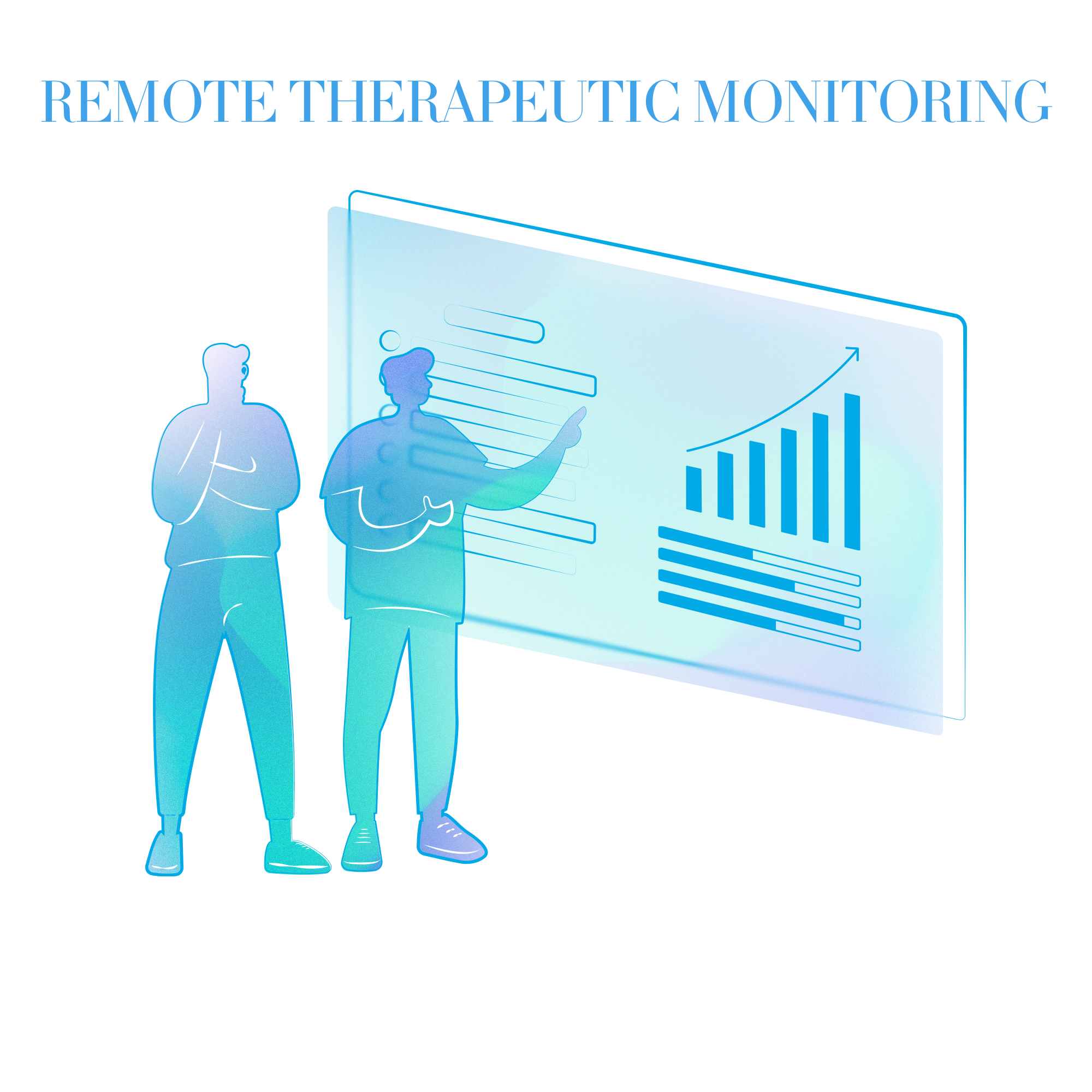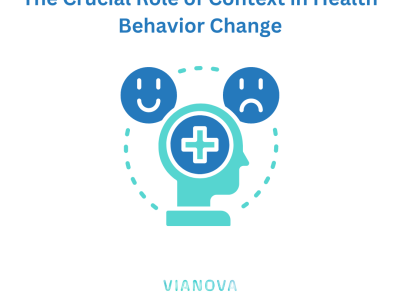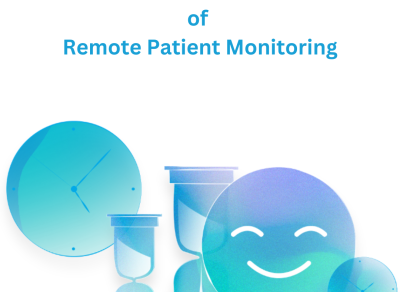
Mastering RTM: A Comprehensive Guide to Remote Therapeutic Monitoring for Providers
In today’s healthcare landscape, innovation is key to improving patient outcomes and provider efficiency. Remote Therapeutic Monitoring (RTM) emerges as a game-changer, transforming rehabilitation therapy by offering a data-driven approach to patient care. This comprehensive guide empowers you, the provider, to understand RTM’s significance, functionalities, and its impact on musculoskeletal and respiratory rehabilitation.
Revolutionize Patient Care with Remote Therapeutic Monitoring
Imagine a world where you can monitor your patients’ progress beyond the confines of a clinic setting. With RTM, this becomes a reality. This technology allows you to remotely track a patient’s health status, treatment adherence, and response to a care plan, specifically for musculoskeletal and respiratory conditions. The data collected through RTM empowers you to make informed decisions, intervene promptly when necessary, and ultimately, optimize patient outcomes.
Empowering Your Practice and Embracing the Future of Healthcare
RTM offers a multitude of benefits for both you and your patients. Here’s a glimpse into how it can revolutionize your practice:
Enhanced Data-Driven Decision Making: RTM provides a window into a patient’s health beyond in-clinic visits. By collecting objective data on pain scores, outcome measures, and therapy adherence, you gain valuable insights that can be used to personalize and optimize treatment plans. This data-driven approach fosters more effective interventions and faster recovery times.
Increased Patient Access to Care: RTM removes geographical barriers to care, making it ideal for patients in rural areas or those with limited mobility. The service allows patients to receive support and guidance from the comfort of their homes, improving accessibility and adherence to treatment plans.
Boosted Patient Engagement and Outcomes: RTM serves as a powerful patient engagement tool. By providing patients with convenient tools to track their progress and understand their condition, RTM empowers them to take a more active role in their recovery. This increased engagement, coupled with remote support, fosters better motivation and ultimately leads to improved patient outcomes.
Strengthened Patient-Provider Relationships: Frequent communication is vital for building trust and rapport with your patients. RTM facilitates this by enabling regular interaction outside of scheduled appointments. Patients can receive prompt answers to questions and clarifications on their exercise programs, fostering a sense of security and support. This ongoing communication strengthens the patient-provider relationship, leading to better adherence and overall satisfaction.
Expanded Net Patient Revenue: The introduction of RTM CPT codes allows you to bill for these valuable remote services. This not only increases revenue streams but also creates opportunities to improve clinical workflow efficiency and potentially reduce administrative costs associated with in-clinic care.
Reduced Downstream Total Cost of Care: Early intervention is key to managing chronic conditions and preventing complications. RTM allows you to proactively monitor patients’ health and identify potential issues early on. This not only improves patient outcomes but also helps reduce downstream costs associated with unnecessary surgeries, emergency room visits, and hospitalizations.
Understanding the Nuances of RTM
Now that you’ve grasped the potential of RTM, let’s delve deeper into its specifics. Here are some key questions answered:
How can RTM benefit rehab therapy providers? As discussed, RTM empowers providers with valuable data for informed decision-making, improves patient access to care, fosters engagement, strengthens relationships, expands revenue streams, and potentially reduces overall healthcare costs.
What are the requirements for RTM? According to CMS regulations, RTM involves collecting and monitoring “non-physiological data” through an approved “medical device.” Non-physiological data encompasses musculoskeletal system status, therapy adherence, and therapy response (think pain scores, exercise compliance data, and outcome measures). Unlike Remote Patient Monitoring (RPM), where data transmission must be automatic, RTM allows for self-reported information entered by the patient through the device. The medical device itself must meet the definition established by the FDA, meaning it should be an instrument intended for use in diagnosing or treating a condition.
Who can bill for RTM services? According to CMS, “physicians and other eligible qualified healthcare professionals” can utilize the RTM CPT codes. This includes:
Physicians
Physical Therapists
Occupational Therapists
Speech Language Pathologists
It’s important to note that providers must adhere to applicable state and scope of practice laws.
What’s the difference between RTM and Remote Patient Monitoring (RPM)? During the COVID-19 pandemic, RPM codes proved invaluable for monitoring patients’ vital signs remotely. However, these codes were not applicable to musculoskeletal and respiratory providers. Here’s a breakdown of the key differences:
Focus: RTM focuses on musculoskeletal and respiratory systems, therapy adherence, and therapy response. RPM monitors physiological parameters like weight, blood pressure, pulse oximetry, or respiratory flow rate. It’s typically used for chronic conditions like hypertension, diabetes, and heart disease.
Data Collection: RTM allows for self-reported information alongside some device-collected data. In RPM, data transmission from the device to the provider is typically automated.
Eligible Providers: RTM expands billing eligibility to physical therapists and occupational therapists, alongside physicians and certain non-physician practitioners. RPM is primarily for physicians and specific non-physician practitioners.
What are the CPT Codes for RTM? CPT® codes are numerical codes assigned to medical procedures and services used for billing and insurance purposes. There are six CPT codes for RTM, but only four directly apply to musculoskeletal conditions. The remaining two codes pertain to respiratory conditions and cognitive behavioral therapy. We’ll focus on the four relevant musculoskeletal codes, categorized into service codes and treatment management codes.
Service Codes: These codes encompass providing the necessary medical device to the patient, assisting with device setup, educating the patient on RTM, data collection strategies, and best practices for success with the program.
CPT Code 98975: Initial Set-up and Patient Education: This code allows billing for the initial setup and patient education on using the equipment. It can only be billed once per episode of care, which starts with initiating RTM services and ends when established treatment goals are achieved. You cannot bill this code if less than 16 days of monitoring occurred.
CPT Code 98977: Supply of Device for Monitoring Musculoskeletal System: This code applies to providing a device for monitoring the musculoskeletal system with scheduled recordings or programmed alerts for data transmission. Billing is allowed once every 30 days for patients actively involved in RTM and who require continued use of the device. Similar to the previous code, a minimum of 16 days of monitoring within the 30-day period is required for billing.
Treatment Management Codes: These codes focus on the time spent reviewing, analyzing patient data, making adjustments to the program, and interacting with the patient or caregiver during a calendar month.
CPT Code 98980: Monitoring/Treatment Management Services; first 20 minutes: This code allows billing for the first 20 minutes of care provided in a calendar month, including reviewing pain level data, monitoring exercise compliance, speaking with the patient regarding their program, and making necessary adjustments. You can only bill this code once per month, and only if at least one interactive communication (real-time, two-way audio interaction with the possibility of video or additional data transmission) occurs with the patient within the initial 20 minutes.
CPT Code 98981: Monitoring/Treatment Management Services, each additional 20 minutes: This code applies to billing for additional time spent on services outlined in code 98980 beyond the initial 20 minutes within the same calendar month. For instance, if you spend an additional 22 minutes answering patient questions and reviewing data, you can bill this code. However, if the additional services only take 15 minutes, you are not eligible to bill.
Reimbursement and Payors
At its inception in 2022, RTM CPT codes were primarily recognized by traditional Medicare and many Medicare Advantage plans. Over time, several commercial payors have adopted these codes. While reimbursement rates vary by region, Vianova can help you understand the potential return on investment (ROI) for your organization. Contact us today to discuss your specific situation.
The Advantages of RTM for Your Practice
The introduction of RTM codes by CMS signifies a significant value-add for providers, patients, and payors. Here are some compelling reasons to integrate RTM into your practice:
Improved Clinical Decision-Making: RTM empowers you with valuable data beyond in-clinic visits. By monitoring pain scores, outcome measures, and adherence data, you gain insights to identify issues, intervene promptly, and adjust treatment plans accordingly.
Enhanced Patient Engagement: RTM bridges the gap between in-clinic visits, allowing patients to receive support and guidance in the comfort of their homes. This is particularly beneficial for those facing difficulty attending frequent appointments or with limited mobility. Additionally, RTM fosters patient engagement by providing tools to track progress and understand their condition, empowering them to take a more active role in their recovery.
Strengthened Patient-Provider Relationships: RTM facilitates ongoing communication outside of scheduled appointments, fostering a stronger patient-provider relationship. Patients can receive prompt answers to questions and clarifications on their exercise programs, leading to a sense of security and improved adherence.
Increased Patient Revenue and Reduced Costs: RTM CPT codes allow you to bill for valuable remote services, potentially increasing revenue streams. Furthermore, RTM can contribute to reduced overall healthcare costs by enabling early intervention and improved condition management, potentially leading to fewer surgeries, emergency room visits, and hospitalizations.
Choosing the Right RTM Solution for Your Practice
Selecting the ideal RTM platform significantly impacts patient care and outcomes. Here are key factors to consider when making your choice:
Customization and Scalability: Does the platform adapt to your practice’s size and needs? Look for a solution that offers flexible options, whether you’re a small clinic or a large healthcare system.
Workflow Efficiency: A streamlined workflow is crucial for both providers and patients. The platform should be user-friendly, allowing providers to effortlessly access real-time data and monitor patient progress seamlessly.
Security and Compliance: Patient privacy and data security are paramount. Ensure the chosen RTM service adheres to HIPAA regulations and prioritizes robust security protocols.
Integration and Collaboration: Seamless integration with other healthcare systems fosters efficient communication and collaboration within the care team, ultimately resulting in improved patient outcomes.
Getting Started with Vianova’s RTM Solution
At Vianova, we understand the importance of empowering providers with the best possible tools to deliver exceptional patient care. That’s why we offer a comprehensive RTM solution designed to seamlessly integrate into your existing workflow and facilitate exceptional hybrid care. Our user-friendly platform provides the following benefits:
Customization: We tailor the platform to your specific needs and preferences.
Streamlined Workflow: Our intuitive interface simplifies data access and patient monitoring for providers.
Unparalleled Security: We prioritize patient privacy and data security with HIPAA-compliant protocols.
Seamless Integration: The platform integrates with existing healthcare systems for efficient communication and collaboration.
Exceptional Support: Our dedicated team is here to support you every step of the way.
Ready to revolutionize patient care with RTM?
Contact Vianova today to explore how our RTM solution can transform your practice and empower you to deliver exceptional outcomes for your patients!



FEEL FREE TO DROP US A LINE.